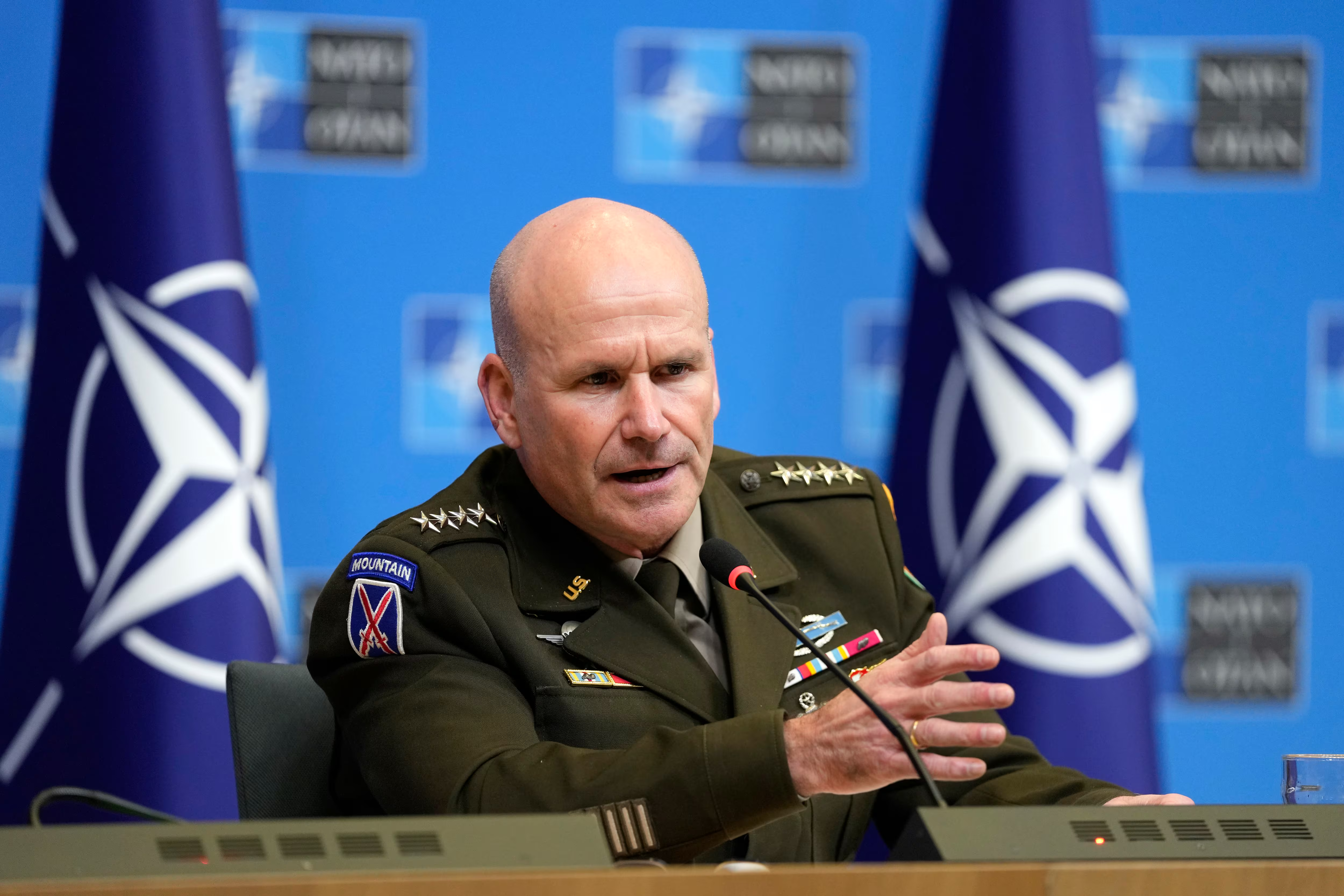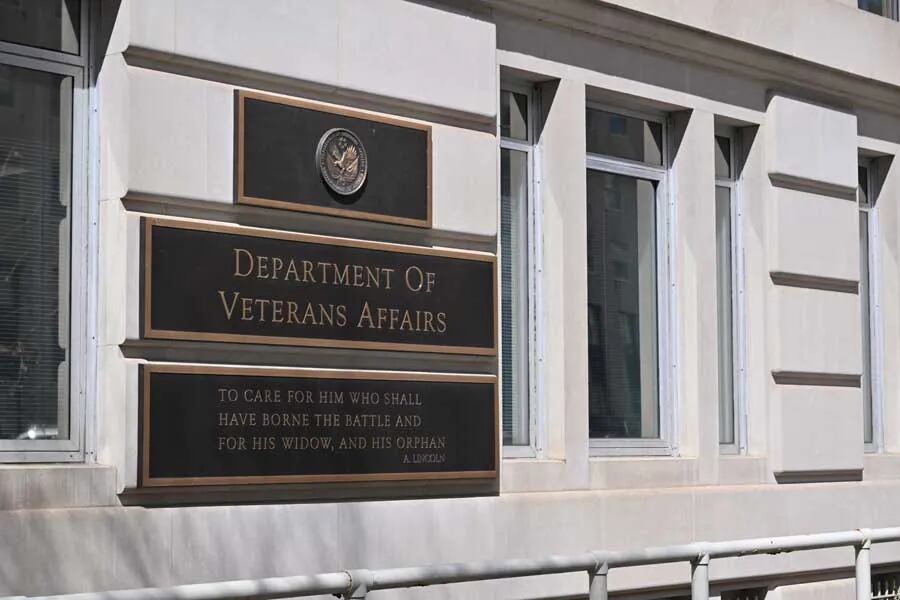The number of U.S. and NATO troops stationed in Eastern Europe could increase in coming years as Russian threats continue to grow, but American military officials aren’t yet pushing to add more permanent bases in the region as part of a larger military footprint.
Roughly 100,000 U.S. servicemembers are stationed throughout Europe today, including about 20,000 who were surged to countries like Poland and Romania in response to the Russian invasion of Ukraine in 2022. U.S. forces have not been involved in fighting against Russia but have trained with Ukrainian forces headed to the front lines.
Another 40,000 NATO troops are stationed in the region as well, in support of Eastern European countries’ security efforts.
RELATED

In testimony before the House Armed Services Committee Wednesday, Gen. Christopher Cavoli — head of U.S. European Command — said the deployments are part of “a definite shift eastward” for the NATO alliance, and said infrastructure is in place to up the troop numbers even more if needed.
“In the immediate aftermath of the invasion, NATO took the decision to establish new battlegroups on a standing basis,” he said. “By design, they can all go up to brigade size at a time of need. And a number of nations have already elected to go up to that.”
In 2022, the White House announced plans to station the V Corps Headquarters Forward Command Post, an Army garrison headquarters, and a field support battalion in Poland, the first permanent U.S. forces on NATO’s eastern flank.
Cavoli said officials are planning to continue rotating U.S. units into Poland and other Eastern European sites for the foreseeable future, in recognition of Russian aggression in the region.
But he sidestepped questions from committee members about making some of those surge bases permanent, instead saying that officials are only preparing for potential changes in deployments in the future.
“We see a Euro-Atlantic area that faces more threats and dynamic challenges than at any time in the past 30 years,” he said.
The U.S. military footprint in Europe was a key friction point in recent years between Pentagon leaders and former President Donald Trump, who had pushed for steep drawdowns in the number of troops stationed there.
But President Joe Biden has voiced increasing support for European allies instead of reducing it, and has used the war in Ukraine to underscore that need.
While several Republicans on the armed services panel expressed concern for increasing direct military aid to Ukraine, none suggested significant reductions in the U.S. military posture in the region.
Leo covers Congress, Veterans Affairs and the White House for Military Times. He has covered Washington, D.C. since 2004, focusing on military personnel and veterans policies. His work has earned numerous honors, including a 2009 Polk award, a 2010 National Headliner Award, the IAVA Leadership in Journalism award and the VFW News Media award.





